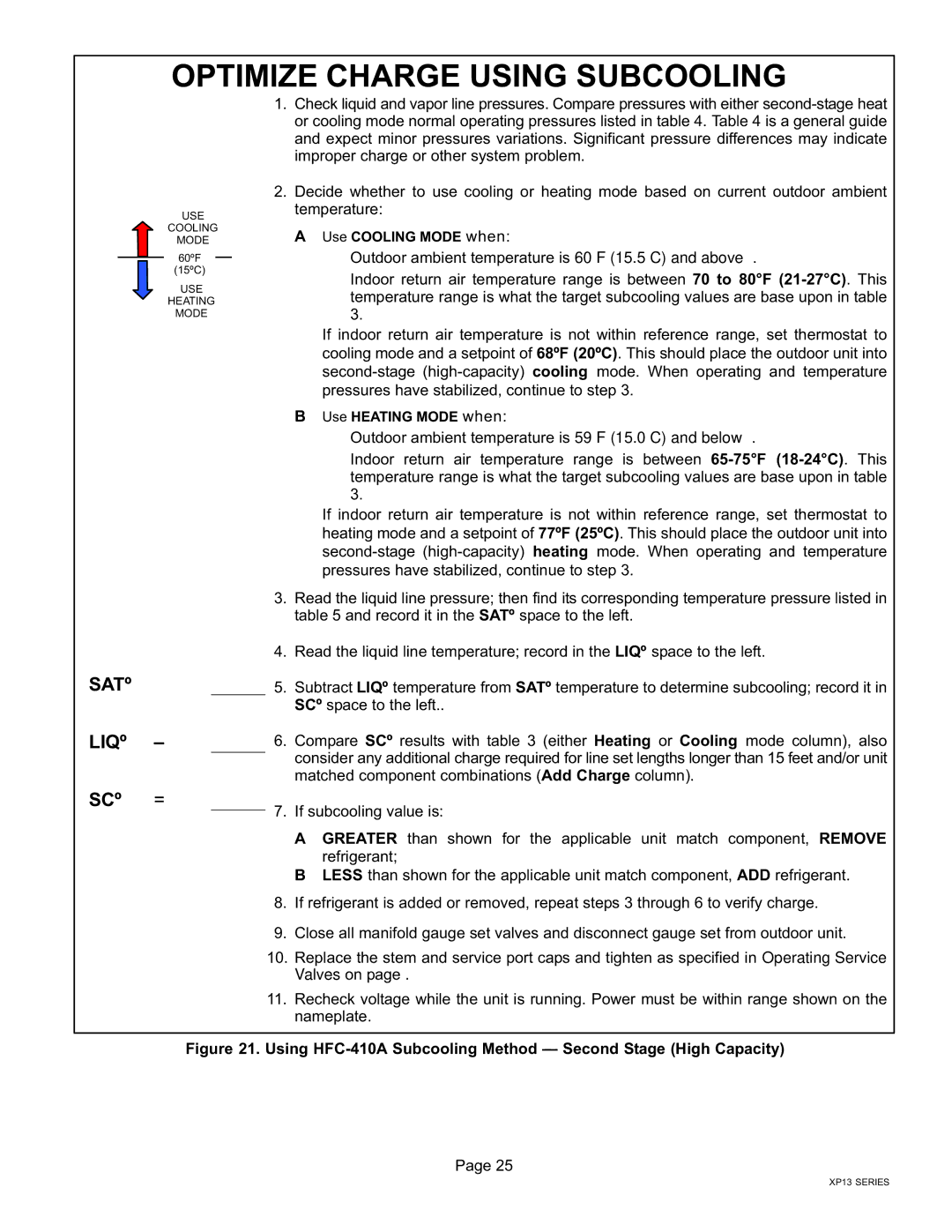LENNOX Elite Series XP13 Units HEAT PUMPS, 06/11 50672801 specifications
Lennox International Inc., a leading name in the HVAC (heating, ventilation, and air conditioning) industry, has a reputation for delivering high-quality and energy-efficient systems. One of the standout products in their lineup is the Lennox Elite Series XP13 heat pump, model number 50672801. This heat pump is designed to provide exceptional comfort throughout the year while offering efficiency and reliability that homeowners can depend on.The Lennox Elite Series XP13 heat pump features a compact design that makes it suitable for various outdoor spaces. One of its main characteristics is its efficiency, boasting a SEER (Seasonal Energy Efficiency Ratio) rating of up to 16 and an HSPF (Heating Seasonal Performance Factor) of up to 9. This means that the XP13 can help reduce energy bills, making it an eco-friendly choice for homeowners looking to minimize their carbon footprint.
This heat pump utilizes advanced technology to ensure optimal performance. The XP13 is equipped with a scroll compressor, which operates quietly and efficiently compared to traditional compressors. This feature ensures a more reliable and consistent temperature control, which translates to enhanced comfort levels in the home. Moreover, the XP13 is designed with a sound-dampening system that reduces operational noise, making it one of the quieter options in the market.
Another key aspect of the XP13 heat pump is its innovative use of advanced coil technology. The unit's coils are made from high-grade aluminum, which promotes superior heat exchange and improves overall efficiency. In addition, the XP13 is designed with a built-in filter drier that helps remove moisture and contaminants from the refrigerant, protecting the system from potential damage and enhancing its lifespan.
The XP13 model is compatible with the iComfort S30 smart thermostat, allowing users to control their home’s temperature remotely. This smart technology provides energy-saving options and real-time updates, ensuring that homeowners can optimize their HVAC systems for both comfort and efficiency.
Overall, the Lennox Elite Series XP13 heat pump, model 50672801, exemplifies a commitment to delivering high-performance heating and cooling solutions. With its energy-efficient design, advanced technologies, and features aimed at enhancing user comfort and convenience, the XP13 remains a top choice among homeowners looking for a reliable and effective heat pump system.

